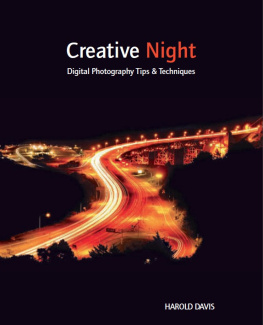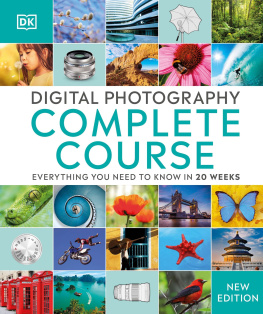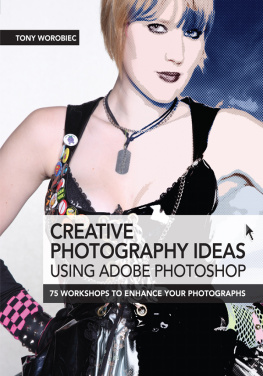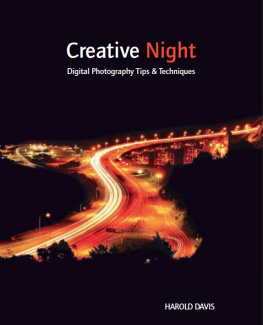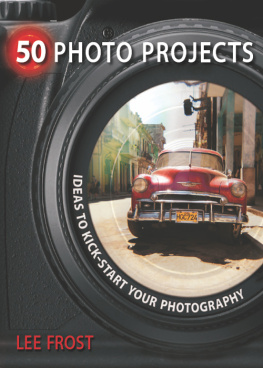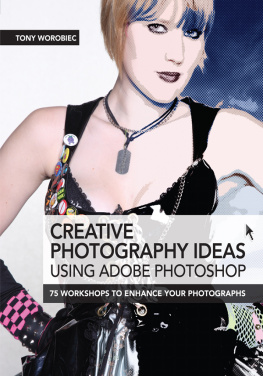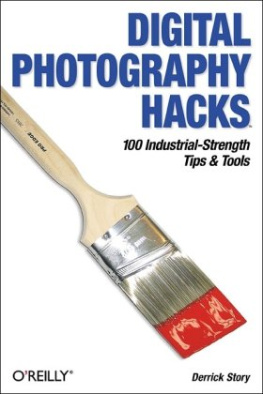Linda Wevill is a creative photographer specialising in the landscape, although she enjoys capturing a diverse range of images from still life to travel. She is a Fellow of the Royal Photographic Society and serves on the RPS Assessment Panels.
Linda has exhibited widely both within the UK and internationally, including at the Royal Albert Hall, the National Theatre and the OXO Gallery in London and at the Huangshan Yixian International Festival in China. She has had her images and articles published in numerous photographic magazines and other publications. Linda is in demand as a speaker around the country and has run creative workshops for both the RPS and camera clubs.
Linda achieves a soft painterly effect in her photography and always aims to portray the essence of a place. She enjoys experimenting with techniques whether in-camera or during processing by, for example, varying shutter speeds at the time of shooting or using texture layers in Photoshop. Her aim is to express a personal depiction of her environment, to capture the atmosphere of the scene and the vision she is trying to convey.
Creative Photography is Lindas first book and it gives her great pleasure to be able to pass on tips and ideas gained through her experience over many years. Linda hopes the book will give readers the motivation to go out and experiment, using the techniques discussed, to move their photography forward and create their own style.
All the images in this book are Lindas and to see more of her work, please visit her website:
www.lindawevillphotography.com or follow her on Facebook.
Introduction
An understanding of the basics of photography is obviously important, but only the starting point if you want your images to stand out from the crowd. To take different, more exciting images, a creative interpretation is required of the photographer. Creativity is about expressing your vision and emotions and portraying your subject in a way that is unique and exciting. The aim of this book is to share with you some ideas to move your photography forward by giving you the knowledge to experiment and explore the possibilities to create your own personal style.
Current trends in creative photography are looked at with advice and tips on the methods involved. In-camera techniques used for creating soft, painterly images, including experimenting with long shutter speeds, multiple exposures and intentional camera movement (ICM), are examined. Creative Photoshop techniques are also explained and the key to being able to work in this way is to master layer masks. They are essential for composite images to give a seamless blending of two or more images. How to work with layers and layer masks are explained in detail with screenshots to help your understanding. When experimenting with Photoshop the boundaries to your imagination are your only obstacles to creating truly original images.
Whether you are just starting out on your photographic journey or are an experienced photographer, this book will prove invaluable in giving you the skills and consequently the motivation to try something new. In the process you will discover more possibilities for creative work in any particular scene. The more you try out different techniques, and the more skilled you become, the more you will find yourself exploring new avenues, and your creative style will come through.
When experimenting the results are not always certain and exploration of a technique can often take on a life of its own. This can result in failure, but also achieve a result that surpasses your expectations.
You should always remember to have fun and enjoy the process. That is what it should all be about!
The real voyage of discovery consists not in seeking new landscapes, but in having new eyes.
Quote by Marcel Proust
IN-CAMERA CREATIVE TECHNIQUES
Some photographers prefer to finalise their final images in-camera so they dont have to spend hours post-processing on their computer afterwards. The satisfaction here is in getting it right before the shutter is pressed.
We shall start by going through techniques that enable the photographer to produce creative images in-camera, starting with capturing movement with long exposures, intentional camera movement (ICM), going on to look at multiple exposures and finally considering other creative possibilities such as using different lenses and searching for more unusual shots, such as reflections, looking through glass and even abstract shapes and exploring colours in, for example, rust and ice patterns. All with the aim of encouraging the photographer to experiment and to look more closely at the world around them.
Long Exposures
Long exposures can give a surreal effect, moving away from reality, giving images a sense of mystery. They usually involve a long shutter speed to capture the stationary elements of images sharply, while blurring or obscuring the moving elements. We shall be looking at capturing the motion of the sea, movement in the landscape, such as leaves blowing in the wind, people on the move or any moving subject, fireworks, traffic trails and so on. The required shutter speed depends on the lighting conditions at the time and the effect you are trying to achieve. This is best explained with examples.
In this image you can see the slight movement of leaves moving in the breeze and also some movement of their reflection in the water, giving the scene a painterly quality.


